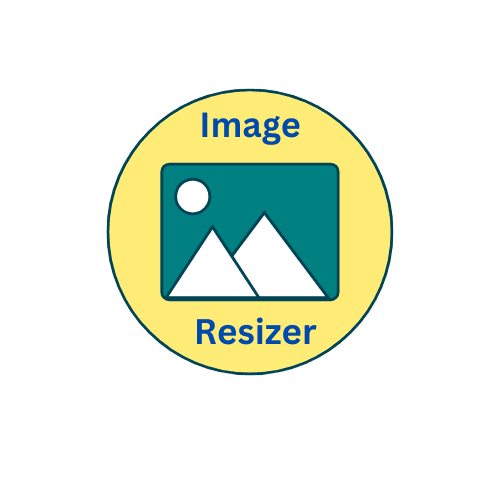What Tool is the Best for Photo Editing?
Photo editing has become a necessary skill in this digital era, whether you are a professional photographer, content creator or even a normal person who likes to beautify their personal pictures. Because of numerous photo editing software options on the market, users can find it difficult to determine which software is the best for photo editing. In this article we discuss the opportunities offered by the best photo editor software worldwide so that you do not struggle to find the right one for you.

Things To Consider While Selecting or Looking For Photo Editing Tools
As with any search, it helps to set particular goals before navigating numerous photo editing apps:
User Interface: Is it straightforward and easy to use without requiring too much effort to get used to it?
Editing Capabilities: Is it able to add both the basic and the most intricate edits needed at the time of editing?
Performance: Does it allow setting large and numerous edits in one file without freezing?
Compatibility: Is it usable on the operating system of your device?
Pricing: Are there any licensing fees, per annual subscriptions or is it free; in the case of non-professional use?
The Best Photo Editing Tools Of 2024
- Adobe Photoshop
Best for: For specialists in this field.
Why it’s great: Adobe Photoshop is still the current marketplace leader in photo editing software Revlon makes it easy for everyone to layer and apply advanced filters, or remove an object with AI filled tools.
Cons: Subscription packages with a high cost and a significant amount of time needed to be trained in it.
- Adobe Lightroom
Picture this, you have the best in class camera but do not have the means to store your photos digitally. Who nurtures such a borrowed idea? A painter? A sculptor? Appreciate their zeal but admit it that the concept is outdated. Maybe this statement opens a different perspective for photographers out there. For all the hardcore, professionals out there, the captions above suit perfectly.
If you happen to regularly manage and edit bulk loads of images, the concept of non destructive editing meets the required standards in great detail. It Futher allows the user to utilize their required presets and complimenting instruments further easing the user experience.
Yes, the options are limited.
- Canva
Yes, brought up by Inspire. The terrific branding powerhouse for sculptors and budding doodlers – give them a large canvas and they will take care of the rest. It allows you to have an easy working experience whilst tweaking and dragging in images and icons. It can save hours in a precious ad, social media post, or a presentation. It combines attention to detail while being easy to use. Barring all of that, can you help me understand why it is perfect for all twitters out there? I guess I don’t need to explain in detail about this ever growing platform.
Photoshop as usual dominates in professional work, you can’t really do much deeper.
- GIMP
On extensive number of websites you controlled through GIMP, tell me it isn’t worth dealing with. Not only am I unwilling to pay that hefty sum but I feel the same with one off payments as well, so yes that’s how I role and GIMP rolls with me because I can use it for free. Now as mutibat and greegh assignees, you surely can be aware of the options available, but for the unversed, it helps you operate advanced custom layering features open source.
The learning curve is steep but worth it, the interface is a little old but rounded off.
- Affinity Photo
Say what you want but thinking about affording the app via a subscription is painful. It packs great functionality, expect utter high speed when using such a model. Also please keep in mind, Affinity Photo is a subscription free service. However, some may argue that there are no options.
- Snapseed
Best for: Mobile photo editing
Why it’s great: As if it’s not enough that it’s free, this app is so much fun. Originally developed by Nik Software, this app was acquired by Google, and ever since its been trainblazing the mobile photo editing terrain. Additionally, it has a very user-friendly interface and suite of selective editing tools which is a plus for the mobile editing fan base.
Cons: Lacks features for making professional grade edits.
- Pixlr
Best for: Web based editing
Why it’s great: Simply put, Pixlr is a web based editor that incorporates some of Photoshop’s powerful editing capabilities but simplifies the features, making it effective for basic edits. It can be access anywhere with an internet connection and requires no downloads.
Cons: Advertising is included in the no-cost plan.
How to Choose the Right Tool
Selecting the best photo editing tool is a function of the demands of the customer as follows:
- Adobe Photoshop and Affinity Photo are a great fit if you need access to high-end tools.
- As a photographer, you should consider using Adobe Lightroom.
- All you need is a basic editing tool, you may use Canva, Snapseed, and GIMP.
- When it comes to photo editing apps, Snapseed is number one.
Conclusion
The best photo editing tool varies depending on your goals, skill level, and budget. Whether you’re looking for a free option like GIMP, a professional-grade tool like Adobe Photoshop, or an easy-to-use mobile app like Snapseed, there’s a solution for everyone. Explore these tools to find the one that meets your needs and elevates your photo editing experience. Ready to enhance your images? Start experimenting with one of these tools today!

